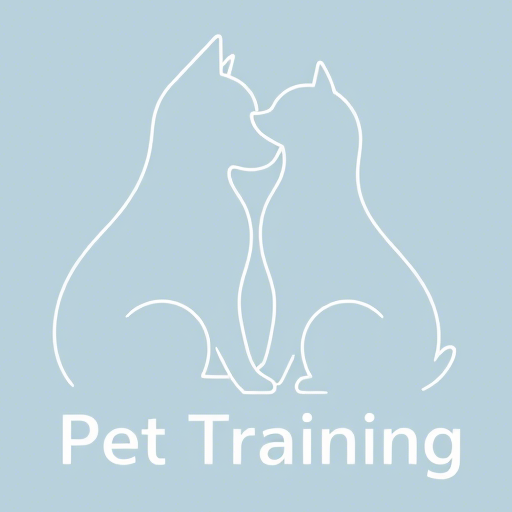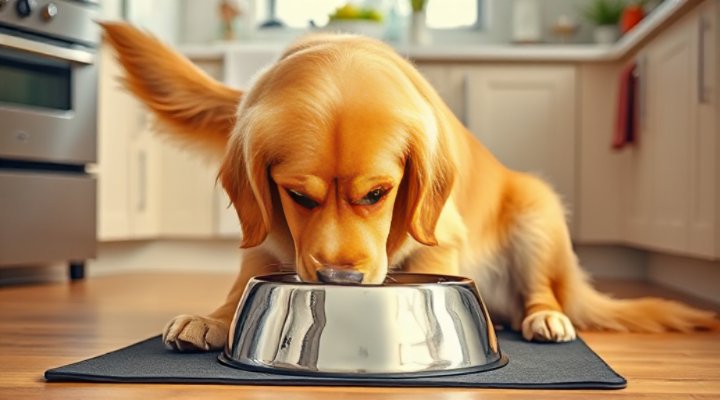When I first brought home my golden retriever, Max, I made the common mistake of assuming any old bowl would do for his meals. However, after he developed some digestive issues and showed signs of discomfort during feeding time, I realized that choosing the right dog bowls is crucial for our pets’ health and happiness. That’s when my journey into the world of pet feeding accessories began, and I’m excited to share everything I’ve learned with you.

Understanding Different Types of Dog Bowls
Firstly, let’s explore the various types of feeding bowls available. Standard bowls are the most common, but there are also elevated feeders, slow feeder bowls, and travel options. Each type serves a specific purpose; for example, elevated dog bowls can help larger breeds or older dogs with arthritis by reducing neck strain. Meanwhile, slow feeder bowls with maze designs prevent rapid eating, which can lead to bloat and other digestive problems. Consequently, understanding your dog’s specific needs will guide you toward the perfect choice.
Standard Dog Bowls: The Basic Essential
Standard bowls come in various sizes and are suitable for most dogs. They’re typically made from stainless steel, ceramic, or plastic. However, it’s important to choose the right size—too small, and your dog might struggle to eat comfortably; too large, and it could encourage overeating. Additionally, consider the depth and width based on your dog’s muzzle shape. For instance, breeds with flat faces, like pugs or bulldogs, benefit from shallower, wider bowls.

Choosing the Right Material for Your Dog’s Bowl
The material of your dog’s feeding bowl significantly impacts their health and safety. Stainless steel bowls are durable, easy to clean, and resistant to bacteria—making them an excellent choice for most pets. Ceramic bowls are another great option, offering stability and aesthetic appeal, but they can chip over time. On the other hand, plastic bowls are lightweight and affordable but may harbor bacteria and cause allergic reactions in some dogs. Therefore, I always recommend stainless steel or ceramic for long-term use.
Stainless Steel: The Gold Standard
Stainless steel dog bowls are virtually indestructible and non-porous, meaning they don’t absorb odors or bacteria. They’re also dishwasher safe, making cleanup a breeze. Most importantly, they don’t leach chemicals into your dog’s food or water, ensuring a safe eating experience. That said, look for food-grade stainless steel to avoid any potential issues with lower-quality metals.

Specialized Dog Bowls for Specific Needs
Some dogs require specialized feeding solutions. For example, dogs that eat too quickly benefit tremendously from slow feeder bowls, which force them to eat at a slower pace and improve digestion. Similarly, elevated feeders are ideal for large breeds or senior dogs with joint issues, as they promote better posture during meals. Furthermore, travel bowls are perfect for on-the-go pet parents, ensuring your dog stays hydrated and fed during adventures.
Slow Feeder Bowls: Preventing Digestive Issues
Slow feeder bowls feature raised patterns or mazes that make dogs work for their food, slowing down their eating pace. This is particularly important for breeds prone to bloat, such as Great Danes or German Shepherds. By extending meal times, these bowls reduce the risk of gastric torsion and improve nutrient absorption. In my experience with Max, switching to a slow feeder made a noticeable difference in his digestion and overall comfort.

Benefits of Choosing the Right Dog Bowl
Selecting the appropriate feeding bowl offers numerous health benefits for your pet. Proper bowls can prevent whisker fatigue—a condition where sensitive whiskers become stressed from touching the sides of narrow bowls. They also promote better hydration when used for water, as clean, fresh water is more appealing in a well-maintained bowl. Moreover, the right bowl can encourage picky eaters to enjoy their meals more, ensuring they get the nutrition they need.
Health and Hygiene Considerations
Maintaining clean dog bowls is essential for preventing bacterial growth and ensuring your pet’s health. Stainless steel and ceramic bowls are easiest to clean thoroughly, while plastic bowls can develop scratches that harbor germs. The FDA recommends washing bowls daily with hot, soapy water to prevent contamination. Additionally, using separate bowls for food and water helps maintain hygiene standards.

How to Measure Your Dog for the Perfect Bowl
Finding the right size bowl involves considering your dog’s breed, size, and eating habits. Measure your dog’s muzzle width and length to ensure the bowl is appropriately sized. For water bowls, choose one that holds enough water for your dog’s daily needs—especially important for active dogs or those in warm climates. The AVMA provides excellent resources on proper pet care, including feeding guidelines.
Considering Your Dog’s Age and Health
Puppies, adult dogs, and seniors have different feeding requirements. Puppies may benefit from smaller, shallower bowls that are easy to access, while older dogs might need elevated feeders to reduce joint strain. Dogs with specific health conditions, such as arthritis or dental issues, may require specialized bowls. Consulting with your veterinarian can help you make the best choice for your pet’s unique needs.
Maintaining and Cleaning Your Dog’s Bowls
Regular cleaning is crucial for maintaining your dog’s health. Wash bowls daily with hot water and mild soap, and consider using a dishwasher for stainless steel or ceramic options. Avoid using harsh chemicals that could leave residues harmful to your pet. For plastic bowls, replace them regularly if they show signs of wear or scratching. The CDC guidelines emphasize the importance of clean feeding utensils to prevent foodborne illnesses in pets.
Establishing a Cleaning Routine
Create a consistent cleaning schedule to ensure your dog’s bowls remain hygienic. I make it a habit to wash Max’s bowls after every meal, which only takes a few minutes but makes a significant difference in his health. Using dedicated brushes for pet bowls prevents cross-contamination with human dishes. Furthermore, regularly inspecting bowls for damage ensures they remain safe for use.
Where to Buy Quality Dog Bowls
Quality dog bowls are available at pet stores, online retailers, and even some veterinary clinics. Look for reputable brands that use food-safe materials and have positive customer reviews. The USDA provides information on pet product safety standards that can guide your purchasing decisions. Additionally, consider supporting local pet stores that often carry unique, high-quality options.
Investing in Your Dog’s Health
While it might be tempting to choose the cheapest option, investing in quality dog bowls pays off in the long run through better health and durability. High-quality stainless steel or ceramic bowls may cost more initially but last for years, making them cost-effective over time. Remember that your dog’s feeding experience directly impacts their overall well-being, so choose wisely.
In conclusion, selecting the right dog bowls involves considering your pet’s specific needs, preferred materials, and lifestyle factors. By choosing appropriate feeding accessories, you contribute significantly to your dog’s health, comfort, and happiness. Whether you opt for stainless steel, ceramic, or specialized designs, the perfect bowl is out there waiting to make mealtime better for your furry friend.
Related Keywords: dog feeding bowls, pet food containers, stainless steel pet bowls, ceramic dog dishes, elevated dog feeders, slow feed bowls, pet health accessories, dog nutrition tools, non-slip dog bowls, travel pet bowls

